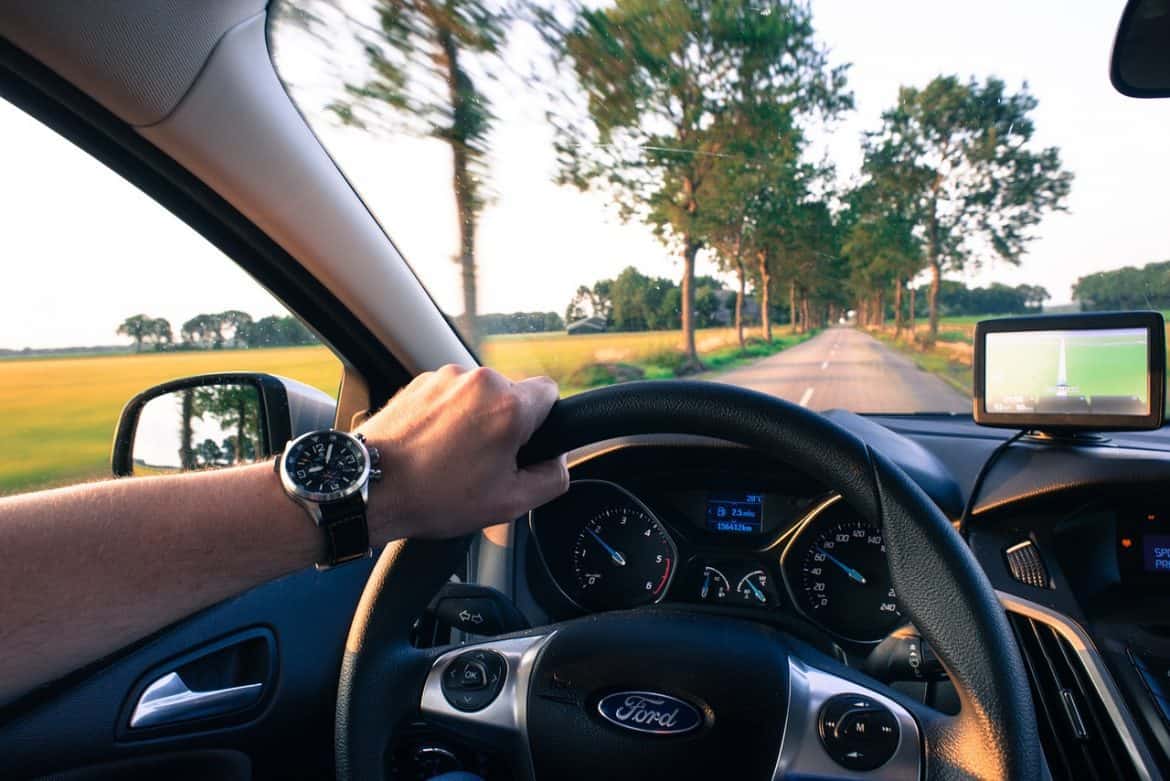
What’s the right driving position? Head restraint directly behind, but not touching, your head; hands at 3 and 9 o’clock on the steering wheel; seat adjusted so your wrist is just over the steering wheel when you extend your arm.
- That’s how to tell where to put the seat, not how to drive. If you must drape your arm over the wheel, at least know the risk: a deploying air bag can break your arm or smash it into your face.
- Don’t drink and drive, don’t drive on too little sleep and stay off that cell-phone!
- Move with traffic; varying speeds on the same road is dangerous. Still, don’t fall in like a dog in a pack; staying out of traffic “clumps” may keep you out of someone else’s accident.
- The law requires that vehicles have turn signals and that drivers use them. Whether you’re about to turn or just change lanes, signal your intention!
- Speaking of turning, keep your wheels straight when waiting to make a left turn. Then, if someone rear-ends you, you won’t be shoved into oncoming traffic.
- Speaking of changing lanes, the left ones are for passing! Empty space to your right should draw you like a magnet if you’re not actively passing; if someone passes you on your right, consider that a clue that you’re running in the wrong lane.
- Changing lanes can be a courtesy. If someone is entering a limited access highway as you pass an on-ramp, and traffic permits, you’ll make life easier for both of you if you move to the left.
- Think ahead and look around: are you at least two seconds behind the car in front of you? If something happens, what’s your escape route? Have you looked in your rear-view mirrors in the last half-minute?
- Whenever roads are wet, keep your brain in the loop by leaving the cruise control off. If you hydroplane, your instinct will be to let off the gas but the cruise’s “instinct” will be to speed up – the best way to send you into a potentially fatal spin.

